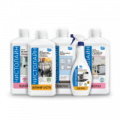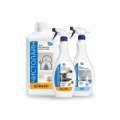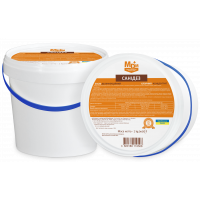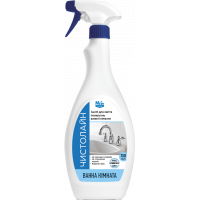How do you remove mold from silicone sealant in a bathroom?
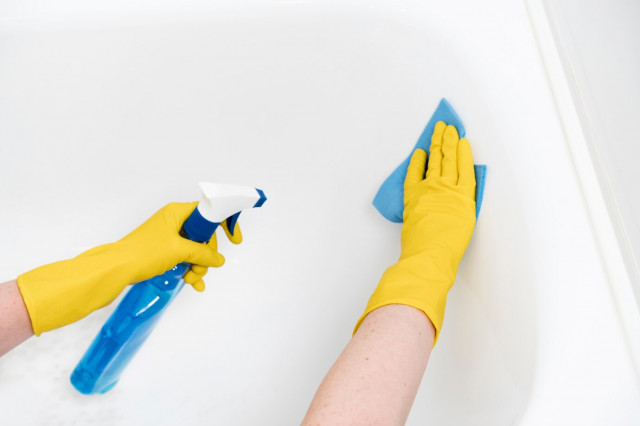
Content
Silicone is the most commonly used sealing material. It is used both for the installation of windows and for the installation of shower cabins, washbasins, bathtubs, etc. It is a very flexible material, so it easily adapts to the shape of the installed equipment elements. In addition, it perfectly protects spaces from water ingress, for example, outside the shower enclosure. However, sometimes silicone grout gets moldy that is difficult to remove. What can be done, or rather, what should be done in such a situation? We will tell you how to get rid of mold in the bathroom with silicone sealant in a little more detail.
Why remove mold in the bathroom?
Black dots appearing on silicone gaskets or joints are not just a visual defect. It is also a very real health threat that should not be underestimated. Black mold on bathroom sealant most often appears in the shower enclosure and around the bathtub, i.e. in areas that are in constant contact with water. Humidity and high temperatures create a specific microclimate that favors the development of mold.
If you do not think about how to remove mold from silicone in time, you can face big problems. After a short time, the joints and seals will be covered with a layer of black coating, which can have a negative impact on health. Mold on bathroom sealant contains many spores that produce mycotoxins. They are very harmful, especially if you are constantly exposed to them. Runny nose and general fatigue, respiratory tract infections and skin irritation are just the beginning of the problems that fungal growth can cause. Therefore, it is better to think as soon as possible how to remove mold from silicone in the bathroom.
How to effectively clean a dirty surface?
The easiest way is to make sure that mold does not appear in the bathroom. Unfortunately, few people have enough time and inclination to thoroughly wipe down all the elements prone to mold formation after each trip to the shower. Therefore, it is important to react as quickly as possible when the first symptoms appear.
In a shower stall, it's easy to see black mold – these are small stains that appear on silicone. If you remove them quickly, you will prevent the fungus from multiplying.
Depending on the degree of contamination, you may decide to control mold at home or use off-the-shelf fungus removers. Most often, these are fungicides that also have whitening properties and at the same time do not have a negative effect on the structure of silicone.
Remove mold from silicone with home methods
Sometimes it is possible to remove mold from silicone using home methods. The first thing that can come to the rescue is baking soda.
How do you remove mold from bathroom sealant? First, sprinkle baking soda on the dirty surfaces and then scrub them with an old toothbrush. It shouldn't be too hard, and the cleaning shouldn't be too intense – it's not about removing grout or silicone, it's about removing mold. After cleaning, rinse the contaminated areas with water, thus removing any mold residue.
Additionally, you can use a natural fungicide in the form of tea tree oil. Add it to baking soda and sprinkle over the contaminated area. The effect of the essential oil is not only a wonderful aroma, but also proven methods to prevent the formation of mold.
How to remove mold and mildew in the bathroom: effective professional products
Unfortunately, it is not uncommon for mold to return after home methods. And in some cases, it damages materials so badly that no amount of soda can cope with it. But, how to remove fungus from silicone in the bathroom in this case? Use professional household chemicals, for example:
● Chistoline Bathroom. This product effectively removes impurities and has fungicidal properties (fights fungus). In addition, it is able to cope with other pathogens (including viruses and bacteria).
● Sanidez This is a chlorine-containing agent that perfectly copes with mold, destroying fungus and preventing its further appearance. It is in the form of tablets that are used to prepare the solution. It should then be applied to the mold-affected areas and held for some time.
● Chistoline Armat Tannin It is a highly alkaline concentrate that can cope with traces of mold on various types of surfaces, including ceramics and plastics.
A really high-quality product will make it easier for you and help you forget about mold for a long time, but remember that these products are usually quite aggressive, and when using them, it is worth protecting your hands with rubber gloves. Apply the product to the area treated with fungus, wait for the time indicated on the package, and rinse it along with the mold with clean water.
There may be a situation in which neither professional products nor baking soda will be able to remove mold. Then, the only answer to the question of how to remove mold from sealant is a small repair. It is necessary to remove the remnants of old silicone, clean the empty spaces well and carry out antifungal treatment (for example, with chlorine-containing products). After that, you can use silicone again for sealing. Also, professionals recommend choosing epoxy grouts, which are much less damaged by high humidity
Expert comment from MDM Group:
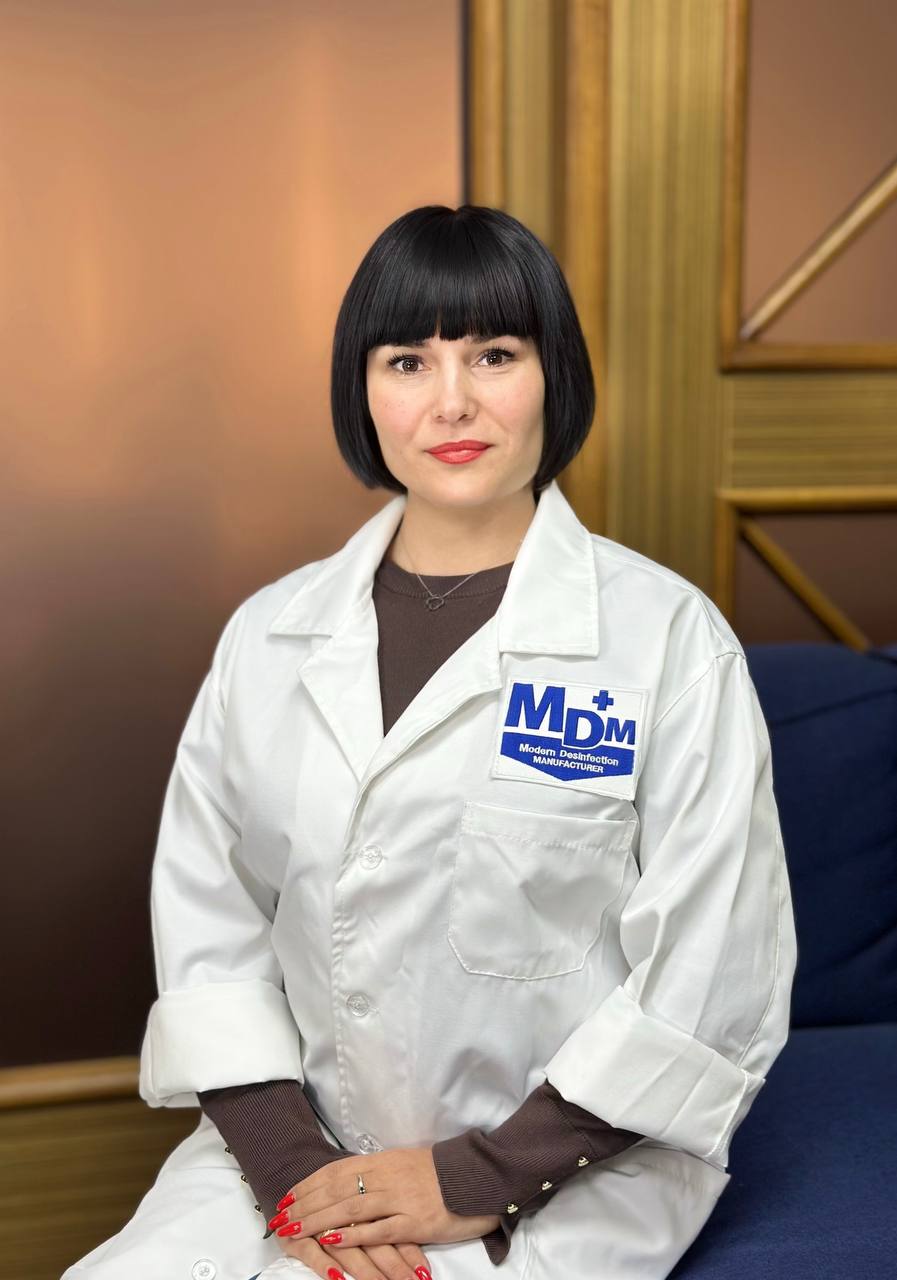
All company products undergo quality control and comply with current safety standards. We apply a multilevel testing system at every stage of production, including raw material assessment, finished formulas, and product stability. MDM Group continuously improves formulations and production technologies to ensure consistent performance both for household and professional use. We pay special attention to efficiency and safe application on different surfaces, in accordance with Ukrainian and international standards.
Yana Holovenko, Head of Quality Department, MDM Group


